How to choose AVOIP technologies for the control room
AV over IP refers to the use of standard network equipment to transmit and switch video and audio signals; AV over IP has been widely used to replace/upgrade the traditional AV architecture. In this article, we’re going to introduce the advantages of multiple AV over IP technologies.

When we are talking about AV over IP in the field of professional audio and video, we must have known something about it and heard a lot of brand names, and technologies, such as JPEG2000, V/C2, MJPG, h.264/HEVC, compression ratio, bandwidth/bit rate, latency and so on The AV over IP technologies, which are already widely deployed in the market of the government control room, are mostly based on 3 categories of technologies:
Low compression ratio(such as JPEG2000, V/C2, MJPG),
High compression ratio((HEVC/264)
Dual compression ratio(hybrid both)

Before we start to evaluate these 3 technologies, it is necessary to learn what are the criteria/standards to compare and evaluate:
Let’s find out check key technical factors for user experience: The end user may focus on Image quality(which is determined by resolution, refresh rate, chroma sampling, and bit depth) while the system integrator shall ask about bandwidth or bitrate(refer to the capacity of video distribution, whether it could be deployed on large scale), latency(which refer to user experience), network infrastructure(refer to cost), Based on these 4 criteria and the public information released by AVoIP vendors, We could easily get a table:

Generally, we could see the latency is with little difference, indeed it is not a big problem for most AVoIP, since the chipset technologies are developing so fast, I am sure the latency of AVoIP will soon close to that of fibre;
Well, when we check low compression technologies like JPEG2000, It is clear that could get a visually lossless image quality, but the cost of network infrastructure is fairly high; because low compression video produces high bitrate data and will occupy tremendous bandwidth, thus usually 10GB network switch is a mandatory requirement even for smaller control room/meeting room installation; what is more, the government user could easily encounter unhappy experience due to system/image stuck, especially when the tasks are getting slightly busier; While, high compression technology HEVC seldom has the problem of get-stuck due to busy data traffic, and the cost of network infrastructure is also quite good; because video here is encoded in a highly efficient way, very low bitrate data is produced which will not occupy a lot of bandwidth, even heavy tasks of video distribution in a medium-large scale of government control room application, could easily be processed over 1GB network switch, the only problem is the image quality, because in this stage, an affordable chipset solution that is “low bitrate IP based” from the chip-set manufacturer, is only with ”4K 4:2:0, or 4:2:2” That is why a lot of vendors simply hybrid both, name it dual-engine, it really works:(here we call it “dual compression”) for the scenario of heavy task of video transmission, “dual compression” switches to “high compression” mode to make sure the system works with a basic experience; while it would switches to “high compression” mode to meet the critical image quality scenario; But the problem is, they have to manually switch the compression mode frequently, thus the efficiency is easily being limited.
Both the bandwidth efficiency(bit rate) and the high-quality image are very important, Since chipset manufacturers in the market could not supply an affordable solution with pixel-perfect quality +low bitrate, many vendors see the market gap, and constantly invested on the development of HEVC-based screen encoder technologies, to meet both government and commercial control room market.

AVCIT shall be the pioneer who owns such 4K@60Hz 4:4:4 over low bitrate technologies;
Follow us to get the latest updates!

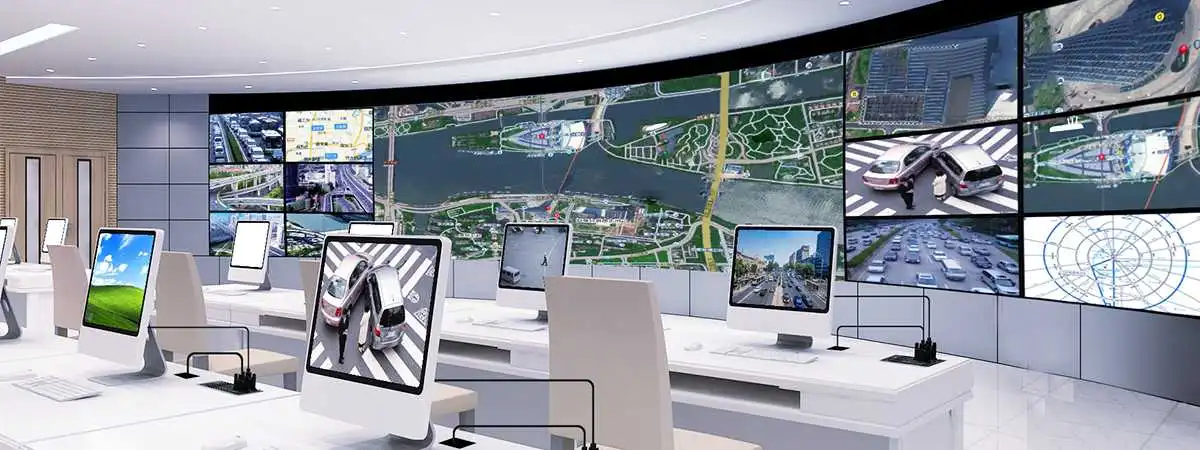

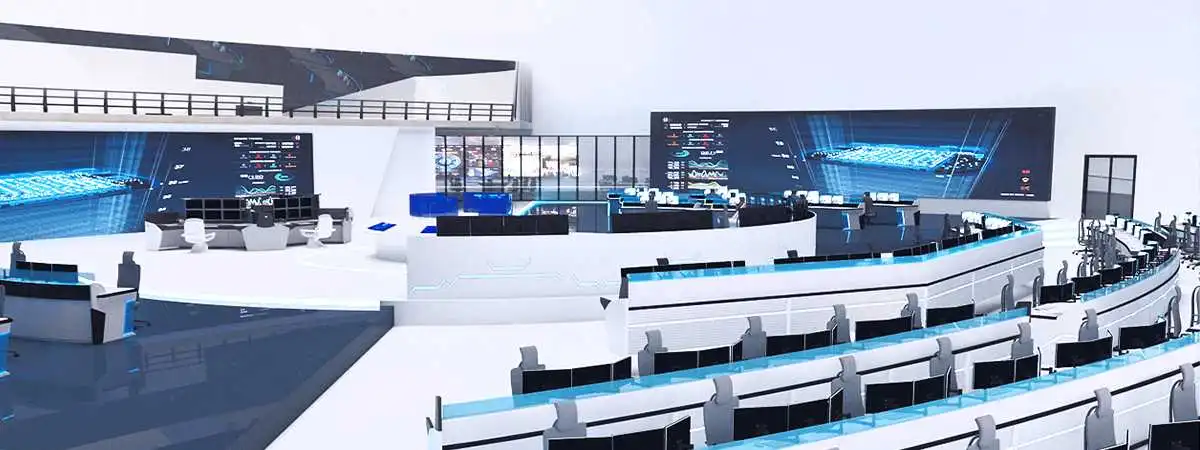
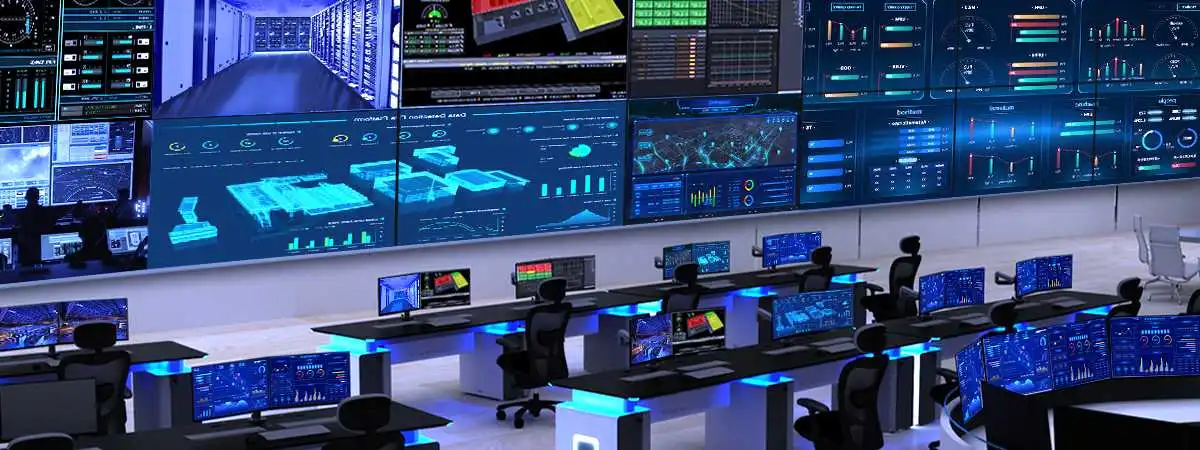
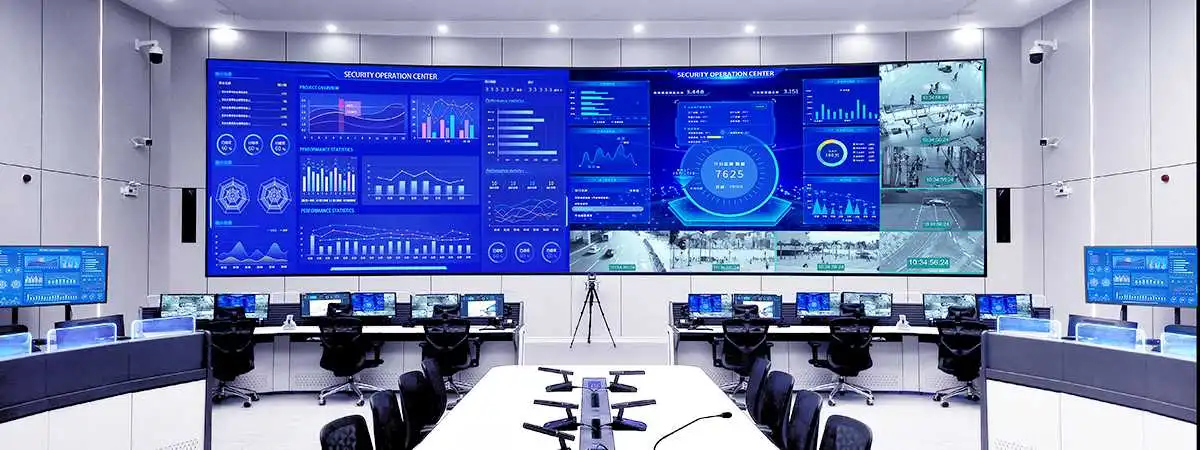

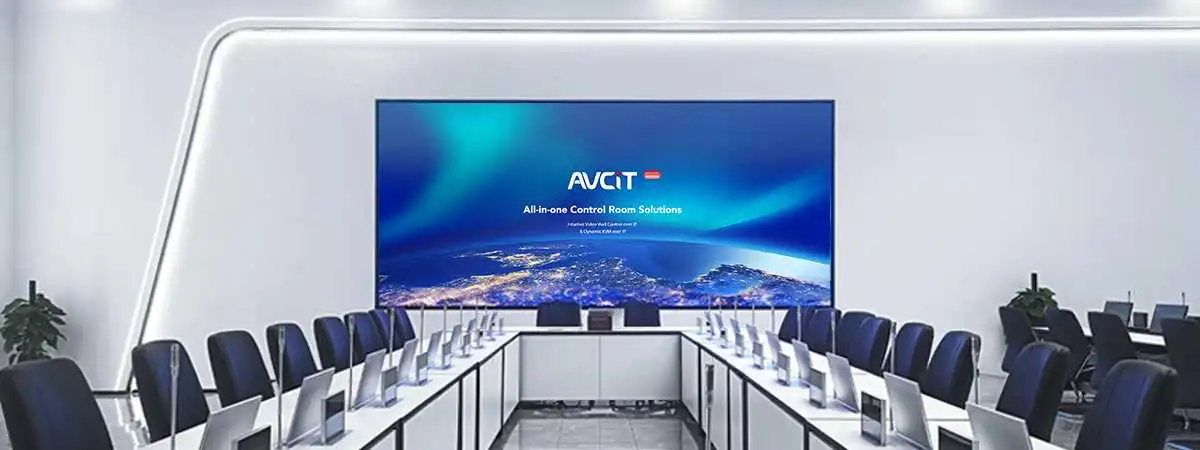
 EN
EN
 th
th  ru
ru  es
es 



